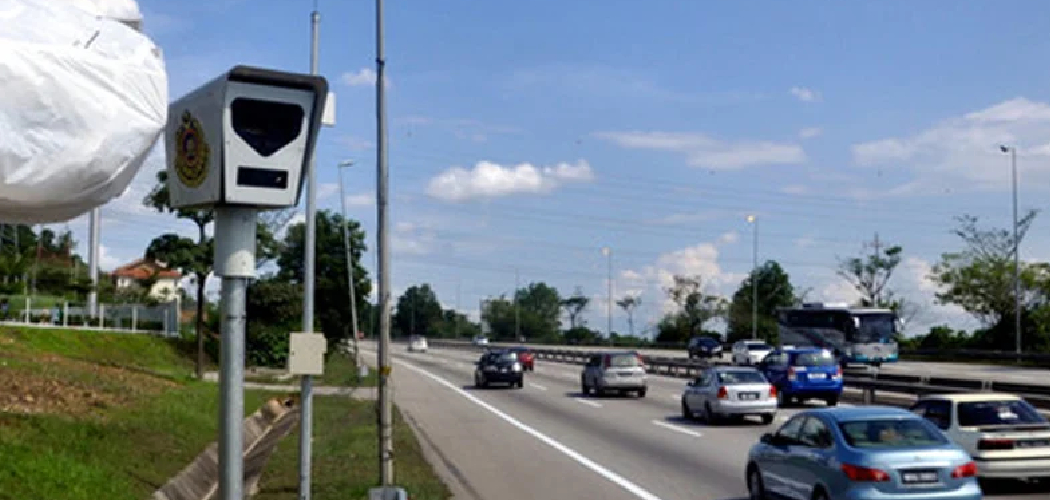Are you concerned about the safety of your community and want to get speed cameras installed? Speeding is a dangerous behavior that leads to many accidents yearly, and having speed cameras can help deter drivers from exceeding the limit.
How to get speed cameras installed is an effective way to enhance road safety, reduce speeding, and protect pedestrians and drivers alike. Whether you are a concerned citizen, a member of a local community group, or a traffic safety advocate, installing speed cameras involves several key steps.
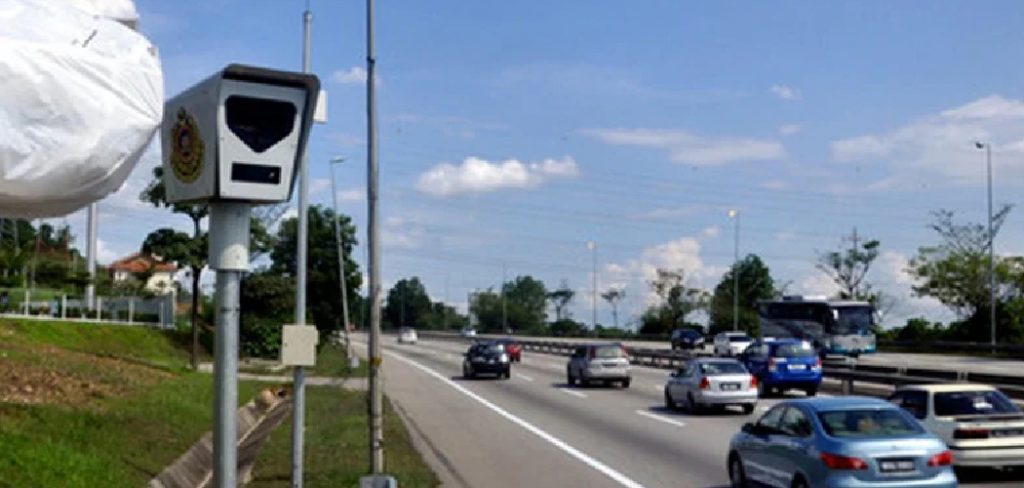
From understanding the need for speed cameras in your area to navigating local government procedures, this guide will walk you through the essential actions required to advocate for and successfully implement these life-saving devices in your community.
What Are the Benefits of Speed Cameras?
Speed cameras have been proven to be highly effective in reducing speeding and improving road safety. According to a report by the World Health Organization, speed cameras can reduce road traffic fatalities by up to 52%. They can also mitigate serious injuries caused by accidents by 41%. These statistics clearly show the positive impact of speed cameras on overall road safety.
Moreover, speed cameras are cost-effective compared to other traffic calming measures, such as police enforcement and physical infrastructure improvements. They require minimal maintenance, and their installation costs are quickly recovered through fines collected from speeding violations.
But perhaps the most significant benefit of speed cameras is their potential to save lives. By enforcing speed limits, they prevent accidents and reduce the severity of crashes, ultimately leading to fewer fatalities and injuries on the road.
What Will You Need?
To implement a speed camera program, you will need the following:
- Speed cameras or radar guns
- Camera housing and mounting equipment
- Power source (e.g., electricity or solar panels)
- Communication system to transmit data
- Software to process and analyze data
- Personnel for installation, maintenance, and monitoring
Additionally, it is important to understand local laws and regulations regarding speed cameras clearly. This includes obtaining necessary permits and approvals from relevant authorities.
9 Easy Steps on How to Get Speed Cameras Installed
Step 1: Identify the Need for Speed Cameras
The first step in installing speed cameras is to determine if they are genuinely needed in a specific area. Start by analyzing local traffic patterns and identifying zones where speeding is a recurring issue.
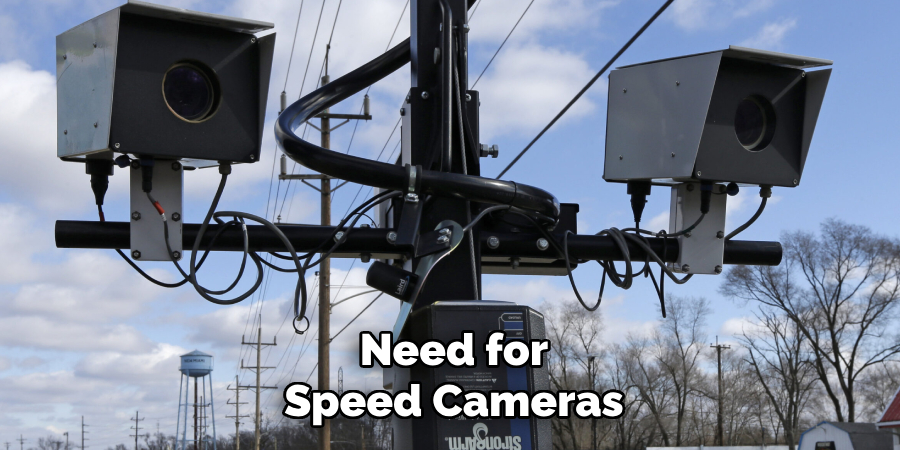
Key areas to consider include school zones, accident-prone intersections, residential neighborhoods, and high-traffic roads. Gathering data on traffic violations, accident reports, and community feedback can help provide a strong case for the installation. Engaging with local law enforcement or traffic authorities can also aid in assessing the urgency and appropriateness of speed cameras in the targeted locations.
Step 2: Conduct a Traffic Study
Before proceeding with the installation of speed cameras, it is crucial to conduct a traffic study. This study helps to evaluate the specific areas where speeding is a problem and confirms whether speed cameras are the appropriate solution. The study should assess factors such as traffic volume, average speeds, accident history, and the type of vehicles using the road. Additionally, gather data about pedestrian activity and nearby institutions like schools, hospitals, or parks, as they often necessitate stricter speed management. The study results will provide compelling evidence to support your case for installing speed cameras while ensuring the deployment is efficient and targeted toward safety improvements.
Step 3: Determine the Type of Camera Needed
Once you have identified the need for speed cameras, it is essential to determine what type of camera will be most effective in your location. Various types are available, such as fixed cameras, mobile cameras, and average speed cameras. Each has its own capabilities and limitations, so choose one that best suits your specific needs.
Step 4: Research the Effectiveness of Different Types of Cameras
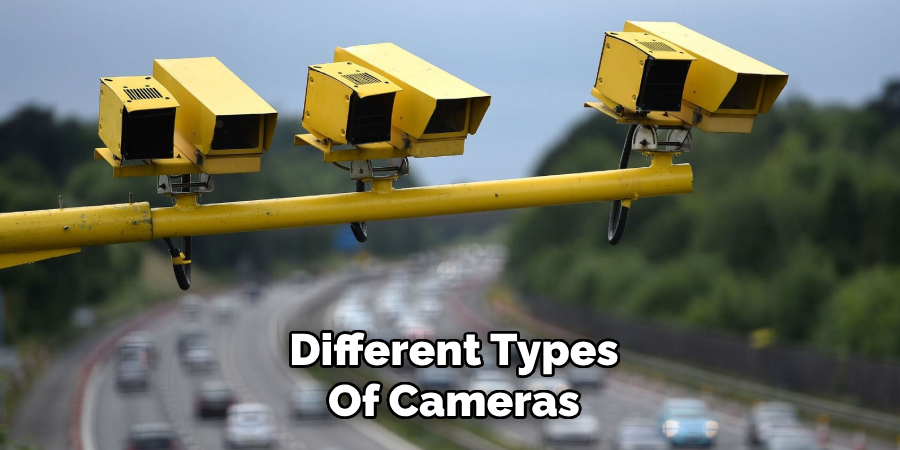
Before making a decision, it is essential to research the effectiveness of different types of cameras. Fixed cameras are stationary and can capture images of speeding vehicles, but they may not be effective in high-traffic areas due to their limited range. Mobile cameras can be moved to different locations, making them more versatile and time-consuming to set up and operate. Average speed cameras track vehicles between two points, ensuring consistent speeds over long distances, but may not deter drivers from speeding in shorter distances.
Step 5: Consider Your Budget and Resources
When choosing the right speed cameras, it’s essential to consider your budget and available resources. High-tech options like fixed and average speed cameras may come at a higher cost, but they can offer more accurate data and consistent monitoring.
On the other hand, if budget is a concern, mobile cameras may be a more affordable option. They can be rented or purchased temporarily, making them ideal for specific events or construction zones where speed control is necessary.
Another factor to consider is the availability of resources for installation and maintenance. Fixed cameras require dedicated infrastructure such as poles or mounting structures, while mobile cameras may need frequent battery changes or refueling.
Step 6: Integrating with Other Security Systems
In addition to their standalone capabilities, surveillance cameras can also be integrated with other security systems. This means that they can work together with other devices and software to provide a more comprehensive approach to security.
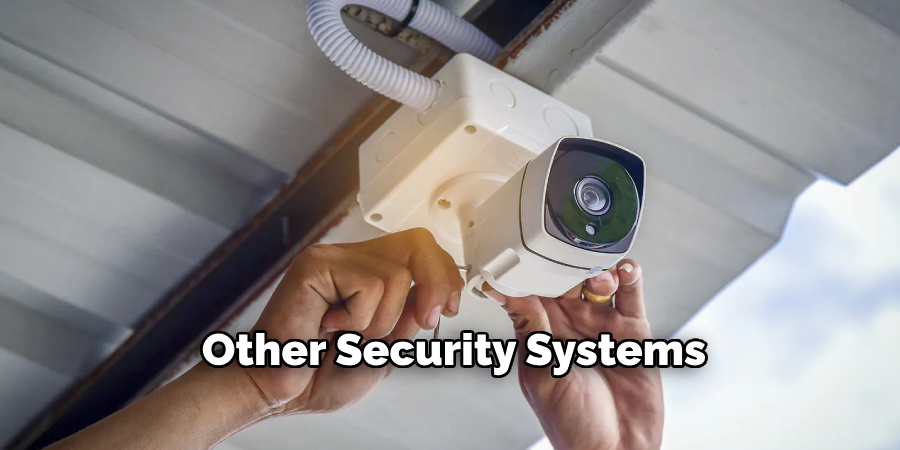
For example, surveillance cameras can be connected to access control systems, allowing for remote monitoring of entry points in a building or facility. They can also be linked to alarm systems, triggering an alert if motion is detected in a restricted area.
Integrating surveillance cameras with video analytics software can further enhance their abilities. Video analytics use algorithms and AI technology to analyze footage in real time and identify potential threats or suspicious behavior. This can help reduce false alarms and improve overall efficiency in monitoring.
Step 7: Implement Access Control Measures
Access control measures are essential in securing a building or facility. These measures include physical barriers, such as locks, biometric systems, and electronic access control systems.
Physical barriers should be strategically placed at entry points to prevent unauthorized access. This can include fences, gates, turnstiles, or mantraps. Biometric systems use unique biological traits like fingerprints or iris scans to grant access only to authorized individuals.
Electronic access control systems use credentials such as keycards or PIN codes for entry. They also allow for more sophisticated controls, such as restricting access to certain areas based on individual credentials and setting time-based rules for access.
Step 8: Conduct Regular Security Audits
It is essential to regularly conduct security audits to ensure that all security measures are functioning properly and that there are no vulnerabilities in the system. Internal IT teams or third-party security experts can perform these audits.
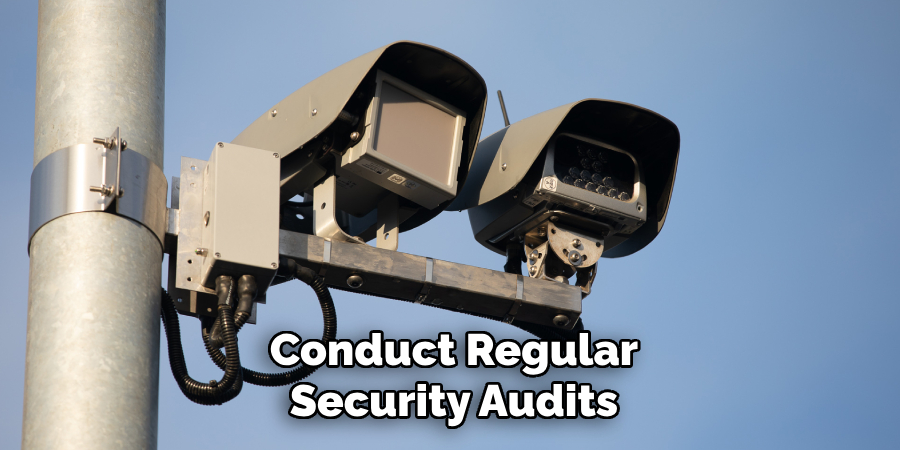
During these audits, the overall physical security of the building should also be assessed, including any potential weak points such as unsecured windows or doors. Any issues identified should be addressed immediately to maintain a strong level of physical security.
Step 9: Train Employees on Security Protocols
Employees play an essential role in maintaining physical security. Training them on proper security protocols and procedures, such as badge usage, visitor management, and reporting suspicious activity, is crucial.
Regular training sessions should be conducted to ensure that employees are aware of potential risks and know how to respond in case of an emergency. They should also be reminded always to keep their work areas secure by locking cabinets, screens, and computers when not in use.
Furthermore, employees should be trained to identify and report suspicious individuals or activities. This includes being vigilant about strangers in the office or unusual behavior from colleagues.
By following these security protocols and proactively identifying and reporting potential threats, employees can play a crucial role in keeping the workplace safe.
5 Things You Should Avoid
- Ignoring Local Regulations and Legal Requirements: One of the most important things to avoid is bypassing local laws or regulations when advocating for speed camera installation. Ensure you understand the legal framework and necessary approvals to avoid delays or legal challenges.
- Failing to Gather Community Support: Attempting to push for speed cameras without involving or gaining the support of the local community can lead to resistance and opposition. It’s vital to engage residents and stakeholders to demonstrate the benefits.
- Lack of Data to Justify the Need: Avoid advocating for speed cameras without adequate data or evidence to back your request. Collecting accident reports, speeding statistics, or other relevant data strengthens your case and demonstrates a genuine need for the installation.
- Neglecting Clear Communication with Authorities: Don’t assume decision-makers will act without receiving clear, structured proposals. Avoid vague or incomplete communication with local authorities, which can hinder approval.
- Overlooking Maintenance and Ongoing Management Plans: It’s crucial not to ignore the importance of a maintenance and management plan for speed cameras. Failure to address these aspects can lead to inefficiencies or eventual abandonment of the system.
Conclusion
How to get speed cameras installed, it is essential to approach the process with thorough preparation and clear communication.
Conduct detailed research to gather evidence of the need for speed cameras, including data on traffic patterns, speeding incidents, and community concerns. Use this information to build a compelling case illustrating how speed cameras can enhance safety and reduce accidents. Engage with local authorities early, presenting formal, well-structured proposals to avoid misunderstandings or delays. Maintenance and management plans should also be established to sustain the system’s effectiveness over time.
Taking these proactive and organized steps increases the likelihood of gaining approval and implementing a successful speed camera program.

